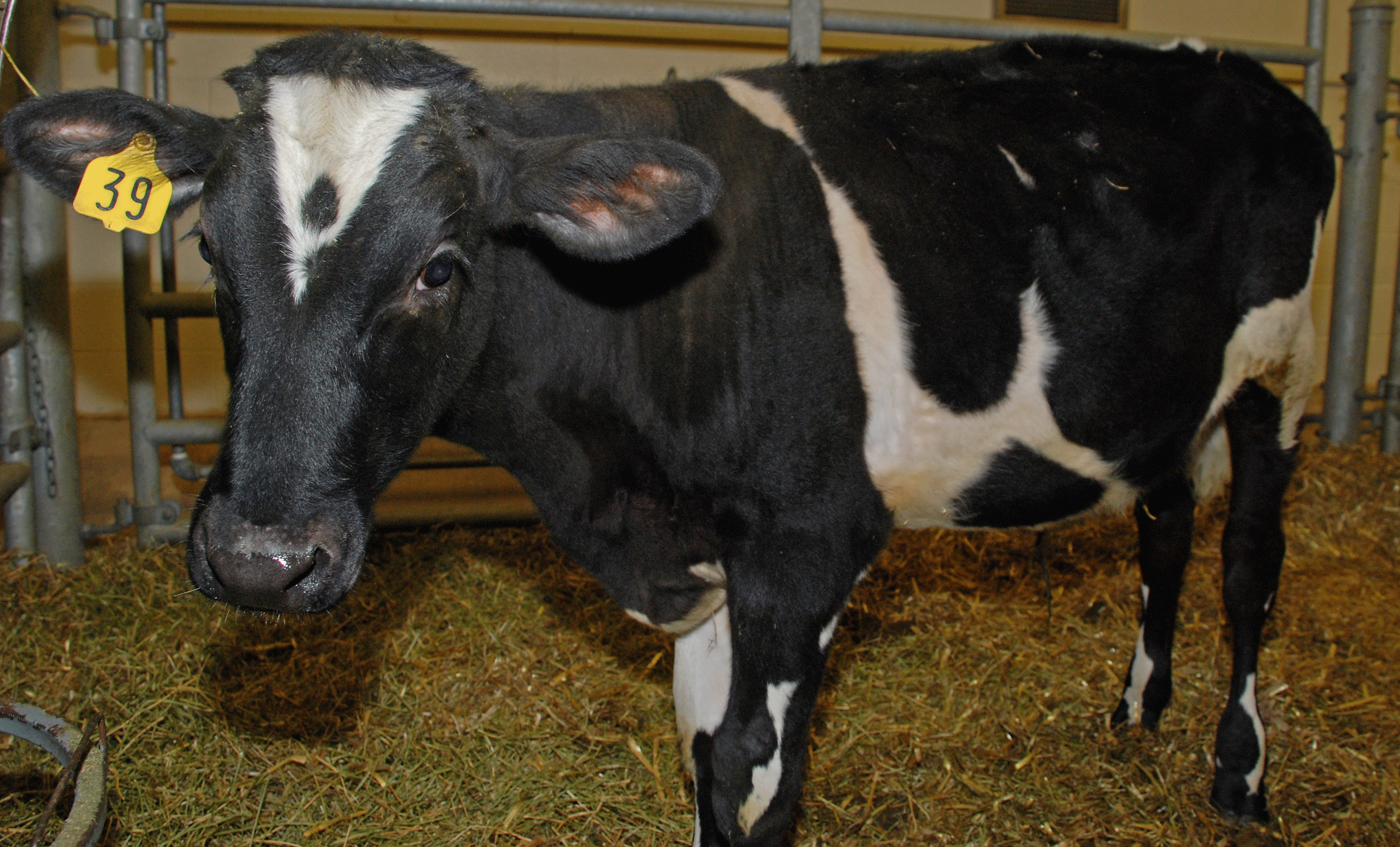Mad Cow Disease: Symptoms, Causes & Treatment
What are the symptoms of mad cow disease?
Mad cow disease, officially known as bovine spongiform encephalopathy (BSE), is a rare and fatal neurodegenerative disease that affects cows. The symptoms are related to the progressive deterioration of the animal’s neurological function. Some of the main symptoms include:
- Changes in behavior and temperament:
- Increased aggression or nervousness
- Lack of coordination and difficulty rising
- Hypersensitivity to sounds and movements
- Impaired movement and posture:
- Abnormal body movements or high-stepping gait
- Difficulty walking, weight shifting from one foot to another
- Dragging of rear hooves or knuckling over at the fetlocks
- Loss of bodily functions:
- Decreased milk production
- Weight loss despite maintained appetite
- Excessive drooling/slobbering
- Sensory changes:
- Increased licking of the nose and lips
- Head shyness or avoiding being touched on the head
- Excessive ear shyness or repeated head shaking
- Progressive deterioration:
- Gradual loss of ability to walk or stand up
- Eventual inability to swallow or eat
- Going down and being unable to get up
The symptoms typically begin subtly and worsen over the course of weeks to months. There is no cure, and the disease is invariably fatal, usually within 2 weeks to 6 months after the onset of clinical signs.
Early and accurate diagnosis through appropriate testing is important to control the spread, as infected cattle must be removed from the food supply immediately.
What are the causes of mad cow disease?
Mad cow disease, or bovine spongiform encephalopathy (BSE), is caused by an abnormal, infectious protein called a prion. The main causes and contributing factors are:
- Consumption of contaminated feed
- The original outbreak in the UK in the 1980s-90s was linked to cattle being fed meat-and-bone meal derived from other infected cattle and sheep.
- This allowed the infectious prions to spread within herds.
- Genetic mutations
- Certain genetic mutations in cattle may make them more susceptible to developing BSE if exposed to prions.
- However, these are very rare spontaneous mutations.
- Cross-contamination
- Improper cleaning and decontamination of equipment, surfaces, or feedlots used for infected cattle can spread prions.
- Vertical transmission
- Though rare, it is possible for an infected cow to pass prions to her calf during pregnancy.
- Geographic spread
- International cattle movement and feed trading can introduce the disease to new regions if regulations are not followed strictly.
The normal cellular prion protein becomes misshapen and resistant to breakdown. These abnormal prions then trigger other proteins to misfold as well, leading to neurodegeneration and formation of sponge-like holes in brain tissue over time.
Modifying cattle feed practices and banning high-risk ingredients like ruminant meat-and-bone meal has drastically reduced BSE cases in countries that implemented these policies. Prion diseases have also been reported in other mammals like deer and elk.
What is the treatment for mad cow disease?
Unfortunately, there is no known treatment or cure for mad cow disease (bovine spongiform encephalopathy or BSE) once the clinical symptoms appear. The disease is progressive, degenerative, and invariably fatal in cattle.
Since BSE is a prion disease affecting the brain and nervous system, current treatments are only aimed at alleviating some of the secondary symptoms and discomfort in infected animals, but they do not stop or reverse the underlying condition.
Some palliative measures that may be taken include:
1) Pain relief: Administering anti-inflammatory drugs or analgesics to reduce pain and distress from the neurological deterioration.
2) Assisted feeding and hydration: In later stages when the animal cannot eat or drink on its own, providing nutrition and fluids through tubes or syringe-feeding.
3) Nursing care: Frequent turning/repositioning of downed animals to prevent further injuries and bedsores.
4) Humane euthanasia: Once the animal becomes immobile, struggles to swallow, or enters the final stages of the disease, euthanasia is typically recommended to prevent further suffering.
However, these approaches do not treat the root cause – the misfolded prion proteins that accumulate and create sponge-like holes in the brain tissue, causing progressive neurodegeneration.
From a management standpoint, culling of infected herds, proper disposal of carcasses, and strict feed regulations remain the primary methods to control the spread of BSE in cattle populations worldwide. Research into effective treatments is still ongoing.




